Although it is a popular fruit for Vietnamese consumers, many people have to spend 5-6 million VND to buy a box of lychee imported from Australia as a gift.
Vietnam is a world- famous country for growing and exporting lychees. Every year from May to July, the lychee hills ripen, yielding hundreds of thousands of tons of fruit to serve domestic consumption and export.
In the Vietnamese market, lychee is a popular fruit with a low price, favored by consumers because of its thin skin, thick flesh, delicious and sweet flavor. However, fresh lychee in our country is only available in the summer, and in other seasons of the year it is imported with extremely expensive prices.
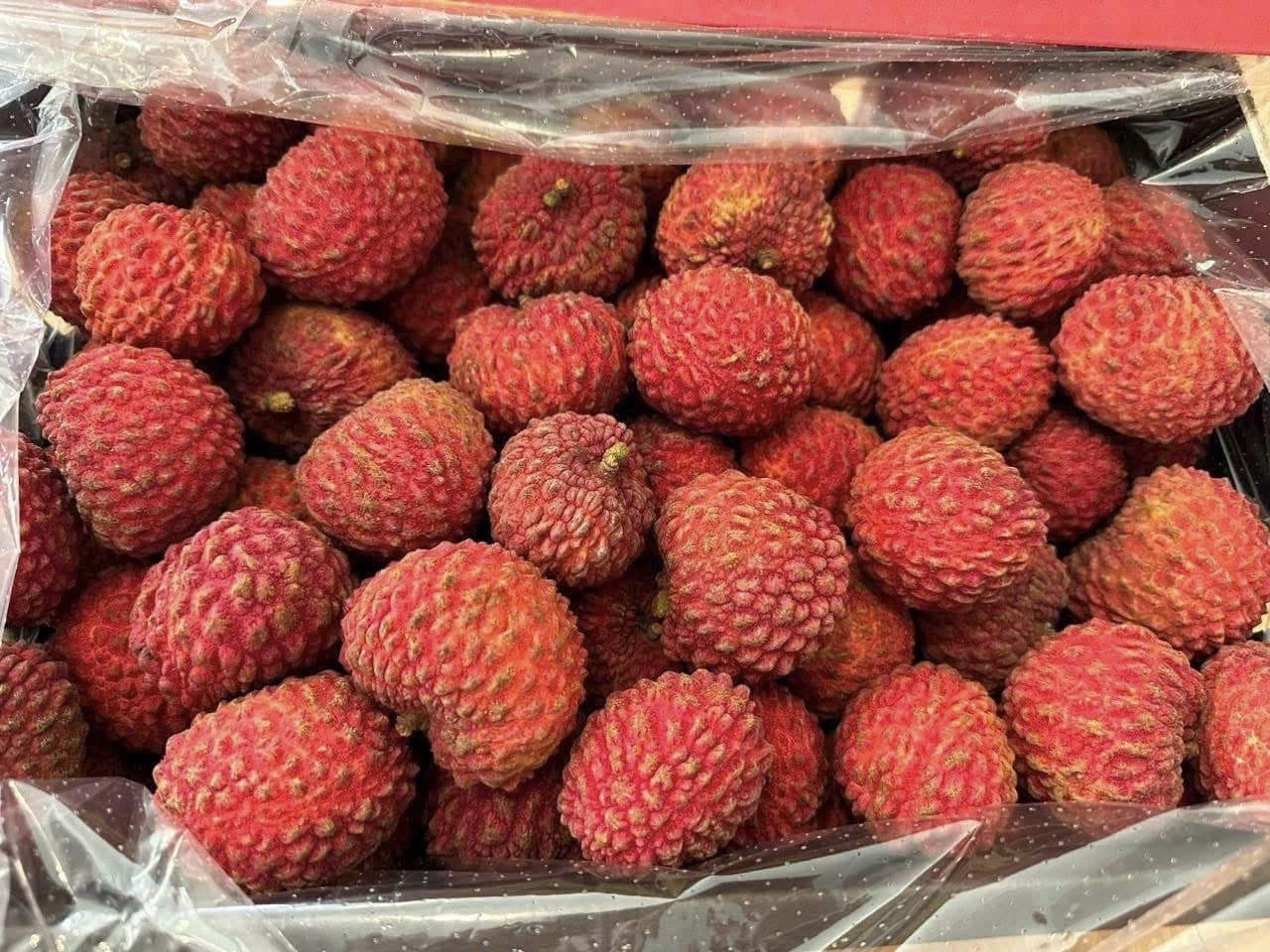
At this time, at the Tet market, food and imported fruit stores compete to sell Australian lychees, also known as Australian dragon lychees.
The seller introduced that Australian lychees have a deep red skin, the thorns are quite prominent, the lychee flesh is thick and white, crunchy and sweet to eat. Notably, this imported lychee is quite large, the common size is from 18-20 fruits/kg. The price of Australian lychees is also sky high.
Accordingly, stores are selling Australian lychees at a common price of 1-1.2 million VND/kg. This price has put Australian lychees on the list of the most expensive fruits in the Vietnamese market during the Lunar New Year.
Currently, a 5kg box of lychees bought as a Tet gift costs 5-6 million VND. However, this item is still quite popular, with some places even reporting "out of stock" continuously.
Ms. Trieu Thi Thu Hoai - owner of a high-end imported fruit store in Hoang Mai ( Hanoi ) - admitted that although lychee is very expensive, near Tet, the demand for gifts increases so it is still very popular.
“On the morning of January 15, as usual, I posted an ad selling many types of fruit, including Australian lychees at VND1.15 million/kg. By noon, the store staff had to announce that the lychees were sold out and make an appointment for the next customer,” she said.
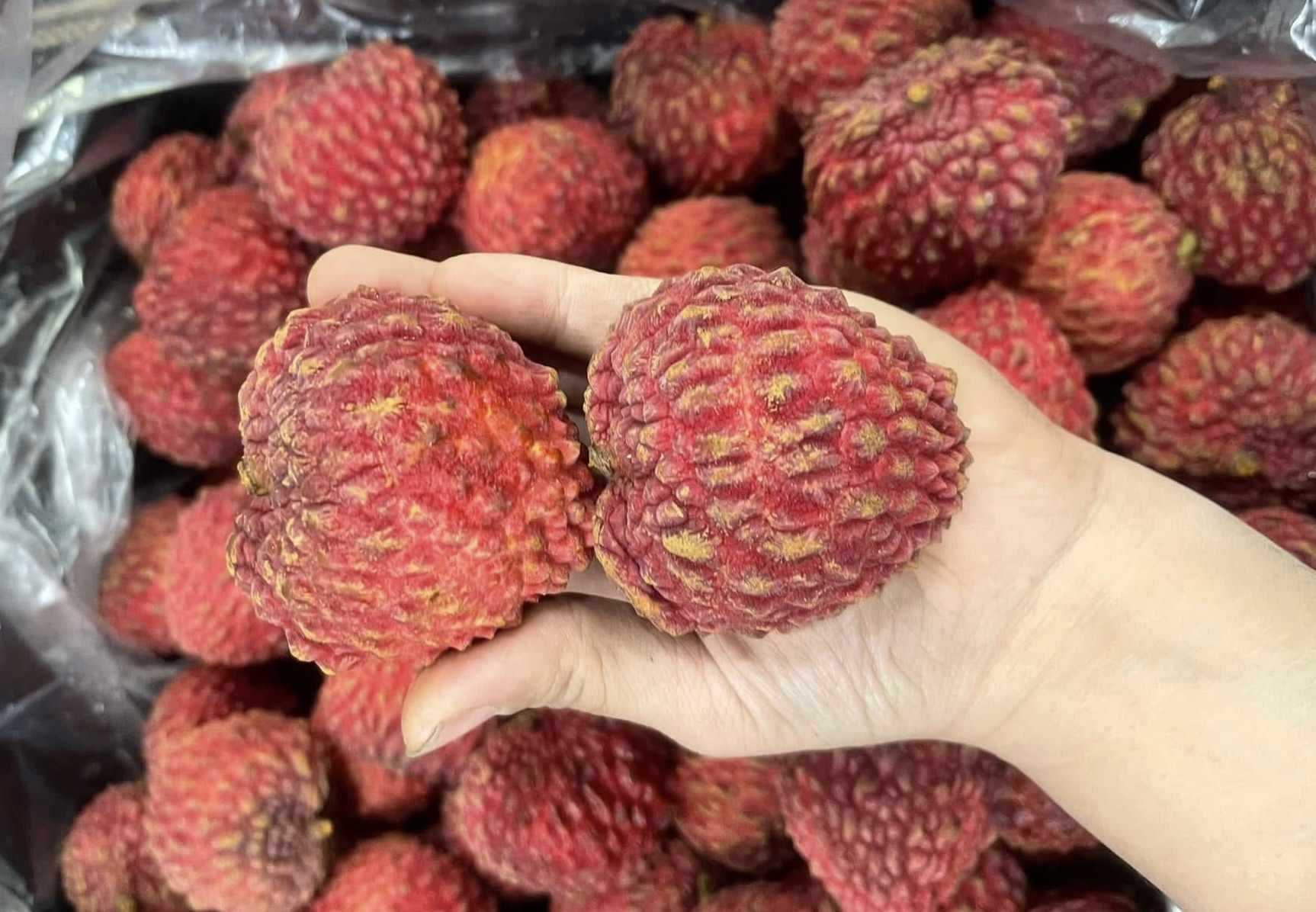
According to Ms. Hoai, lychees arrive 2-3 times a week, with a quantity of about 100 boxes per trip. She retails from 0.5 kg or more, but most customers buy 1 kg or a whole 5 kg box as Tet gifts.
“From now until Tet, the store will only import about 300 boxes of Australian lychees. Of which, half of the goods have been pre-ordered,” she boasted.
Similarly, at the high-end fruit store of Ms. Mai Thi Hai Ha in West Lake (Hanoi), customers are also racing to place orders to buy dragon lychee imported from Australia.
Ms. Ha said that there are two types of Australian lychee, one of which is called dragon lychee because the thorns on the skin are quite prominent, while the second type has a smooth skin very similar to Vietnamese lychee. She has imported this fruit for sale for 3-4 years now.
This Lunar New Year, she only imported dragon fabric because the design is quite eye-catching, suitable for the taste of buying as a gift for Tet. However, the total quantity sold for the whole Tet season is only about 1,500 boxes. At this point, the store only has about 200 boxes left.
“Some customers order the whole box, others buy 1kg or 0.5kg to make a basket or gift box with many other fruits,” she said. According to Ms. Ha, Australian lychees taste very similar to Vietnamese lychees, but they appear out of season in Vietnam, and the transportation cost is high, so the price in Vietnamese markets is sky-high.
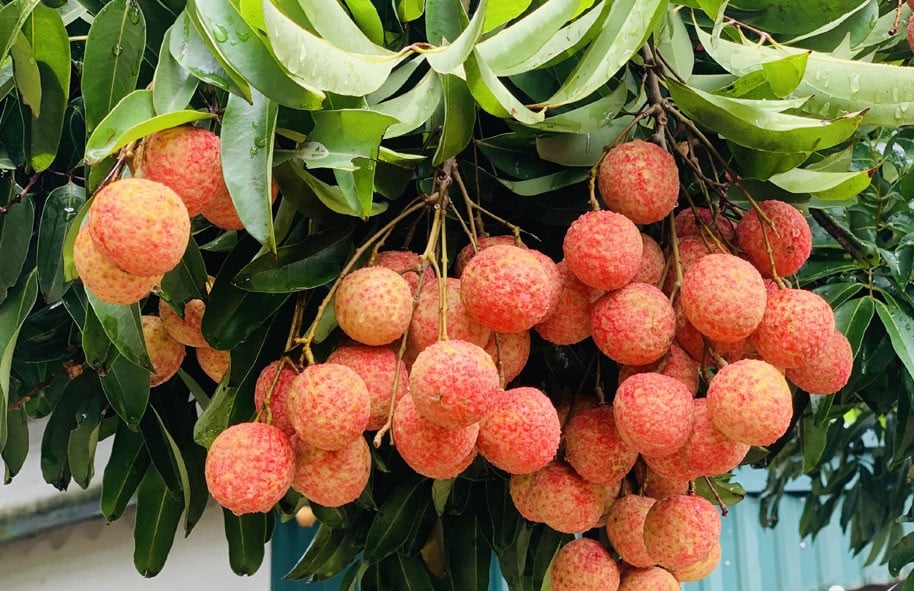
Source: https://vietnamnet.vn/xuat-hien-tai-cho-tet-vai-thieu-uc-gan-6-trieu-dong-hop-van-dat-khach-2363661.html






![[Photo] National Assembly Chairman Tran Thanh Man attends the VinFuture 2025 Award Ceremony](/_next/image?url=https%3A%2F%2Fvphoto.vietnam.vn%2Fthumb%2F1200x675%2Fvietnam%2Fresource%2FIMAGE%2F2025%2F12%2F05%2F1764951162416_2628509768338816493-6995-jpg.webp&w=3840&q=75)
![[Photo] 60th Anniversary of the Founding of the Vietnam Association of Photographic Artists](/_next/image?url=https%3A%2F%2Fvphoto.vietnam.vn%2Fthumb%2F1200x675%2Fvietnam%2Fresource%2FIMAGE%2F2025%2F12%2F05%2F1764935864512_a1-bnd-0841-9740-jpg.webp&w=3840&q=75)


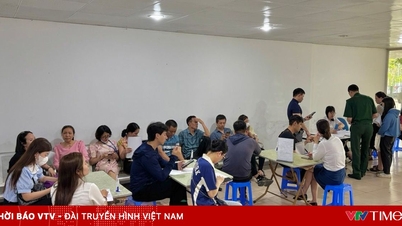



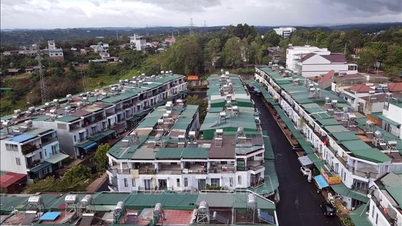

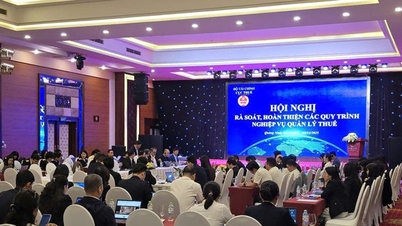








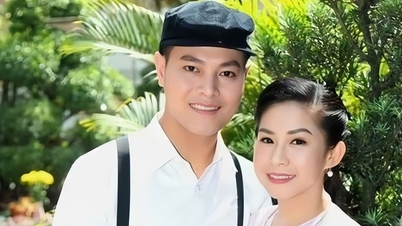




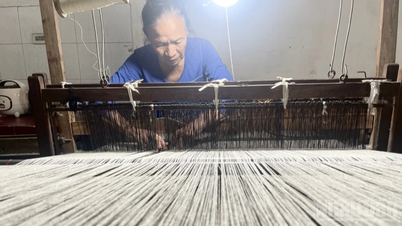

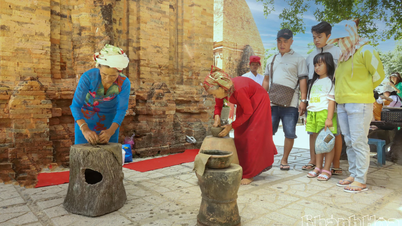

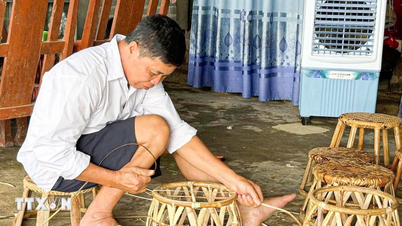

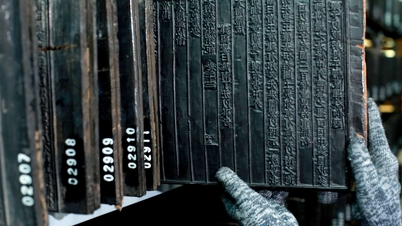








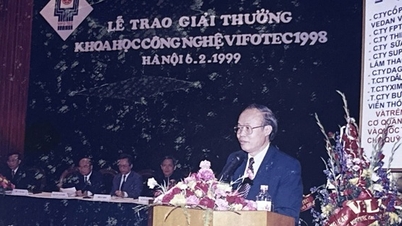

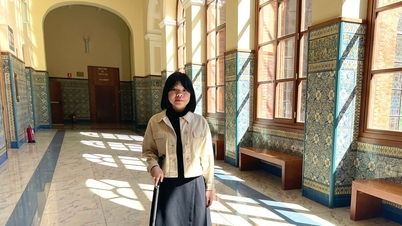

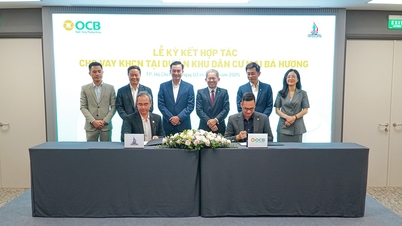

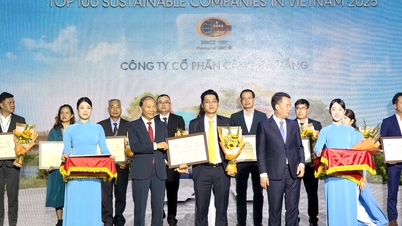
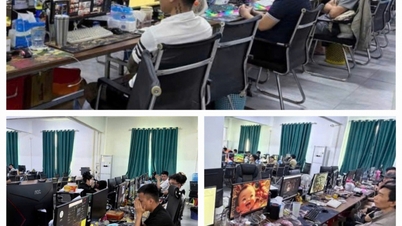


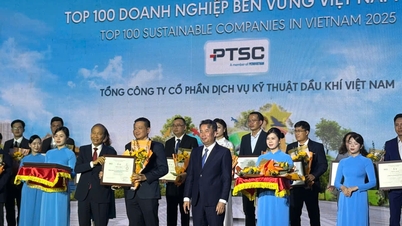

















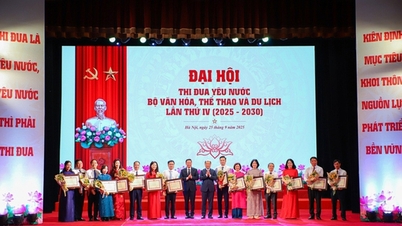


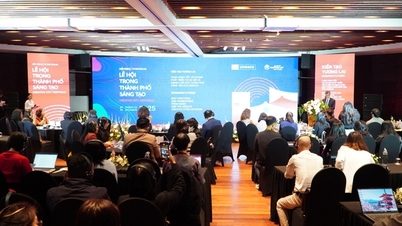
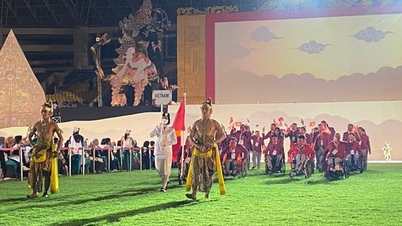


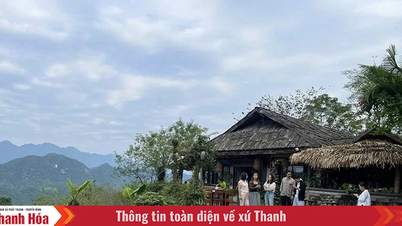

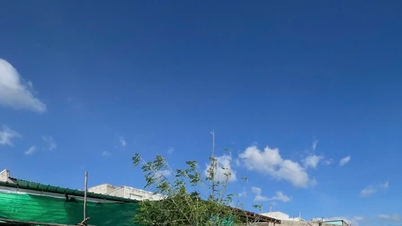
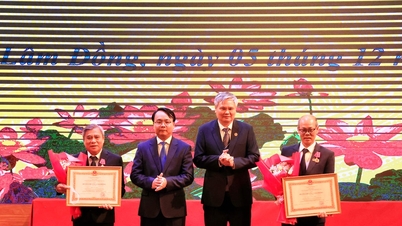
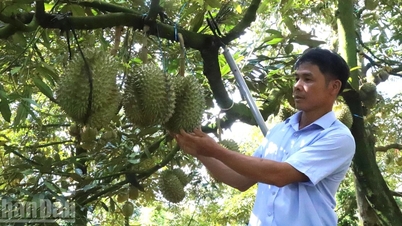


















Comment (0)